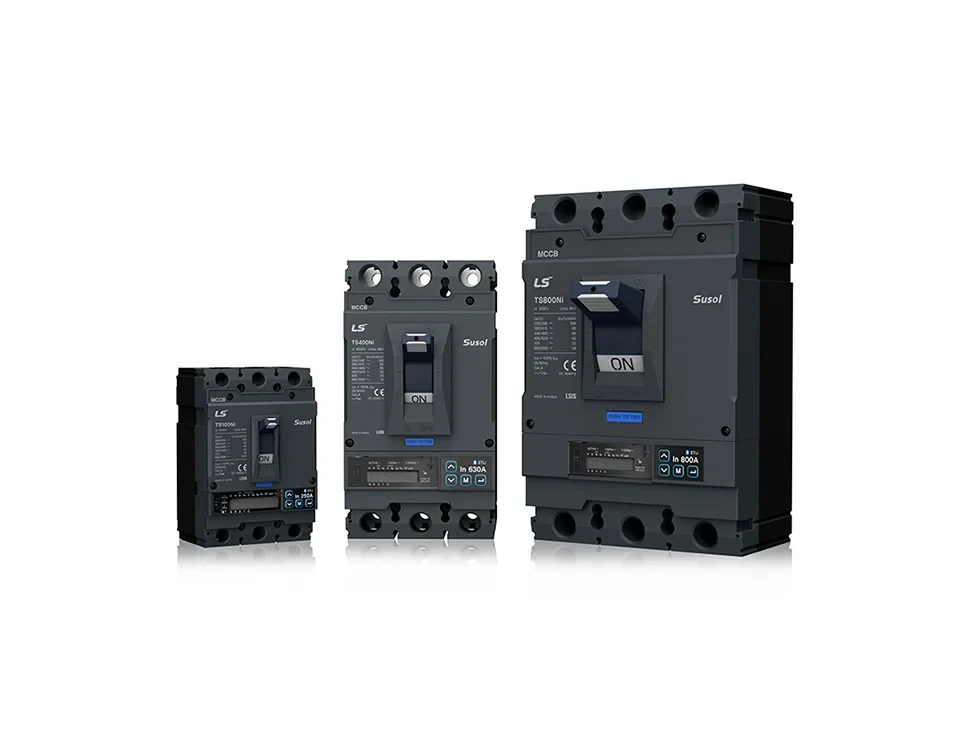Thermal Magnetic Switches: The Silent Guardians of Modern Electrical Systems
In every modern industrial facility, safety and continuity of power are not just expectations — they are absolute necessities. Behind the seamless operation of electrical systems lies an unsung hero: the thermal magnetic switch. Far beyond a simple circuit breaker, it represents the perfect intersection of engineering precision, safety design, and energy reliability.
A Redefined Standard of Protection
A thermal magnetic switch, commonly known as a Molded Case Circuit Breaker (MCCB), is not merely a protective device — it is a strategic safeguard designed to ensure that power flows safely, efficiently, and without interruption. It integrates two distinct protection mechanisms within one body:
This dual-technology approach makes the thermal magnetic switch indispensable for every environment where electrical reliability defines performance — from production plants and data centers to energy distribution panels and automation systems.
Why the Industry Relies on Them
Electrical power is the backbone of modern industry, but unmanaged current can quickly become its greatest threat. A minor overload, if undetected, can escalate into equipment failure, production downtime, or even fire hazards.
That’s why thermal magnetic switches have become a core safety component in every engineered electrical design.
They are not just protecting circuits — they are preserving operational continuity, protecting investments, and ensuring compliance with international safety standards like IEC 60947.
Key Applications Across Sectors
Thermal magnetic switches are designed for versatility and reliability, finding their place in countless applications:
Each application relies on the switch’s ability to respond in milliseconds — a precision that can mean the difference between system protection and catastrophic failure.
When and Why Does a Thermal Magnetic Switch Trip?
The tripping of a thermal magnetic switch is not a failure — it’s a sign that the protection system is doing exactly what it was designed to do.
A trip can occur due to:
Each tripping event serves as a preventive action, stopping faults before they spread across the network.
The Real Cost of Ignoring Proper Selection
Selecting the correct thermal magnetic switch is not just a matter of specification — it’s a matter of system integrity.
An undersized switch can lead to unnecessary downtime due to frequent tripping, while an oversized one may fail to react when danger strikes. In both cases, the result is the same: financial loss, equipment stress, and safety risk.
For that reason, proper coordination with system current ratings, operating temperature, and load characteristics is essential. In critical applications, periodic testing and maintenance should be part of the facility’s preventive safety plan.
Beyond Protection: A Commitment to Sustainable Safety
In today’s world of smart grids and energy-efficient factories, the thermal magnetic switch embodies more than protection — it stands for efficiency, sustainability, and responsibility.
By ensuring that only the necessary current flows and faults are instantly eliminated, these switches reduce energy waste, extend equipment life, and contribute to overall electrical system stability.
Final Thoughts
The next time you see a smoothly running production line or a fault-free power distribution panel, remember: behind every reliable electrical system, there is a thermal magnetic switch silently ensuring safety.
As industries move toward automation, renewable integration, and digital energy management, devices like MCCBs will continue to be at the heart of electrical protection — evolving not just as components, but as critical elements of a safer, smarter industrial future.
